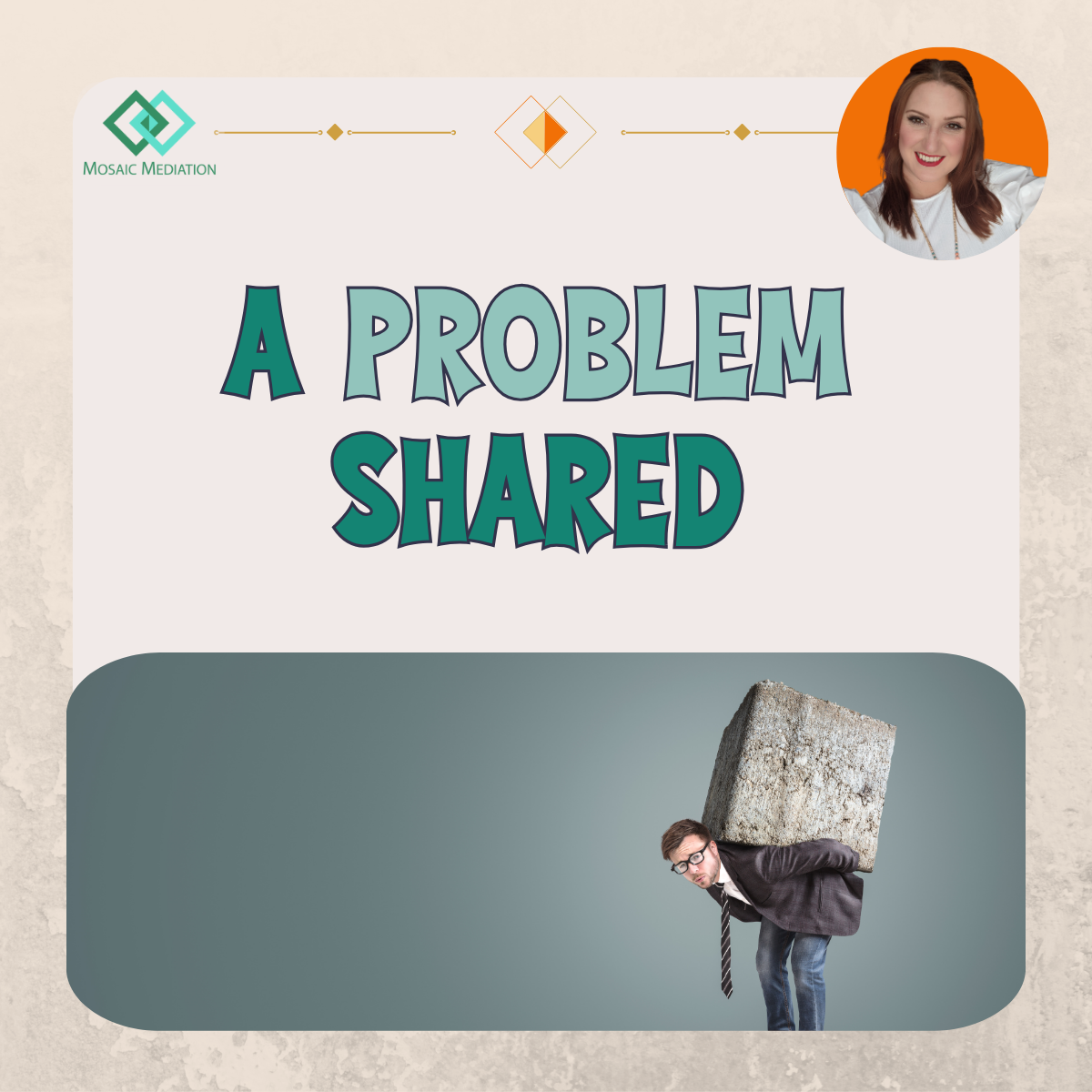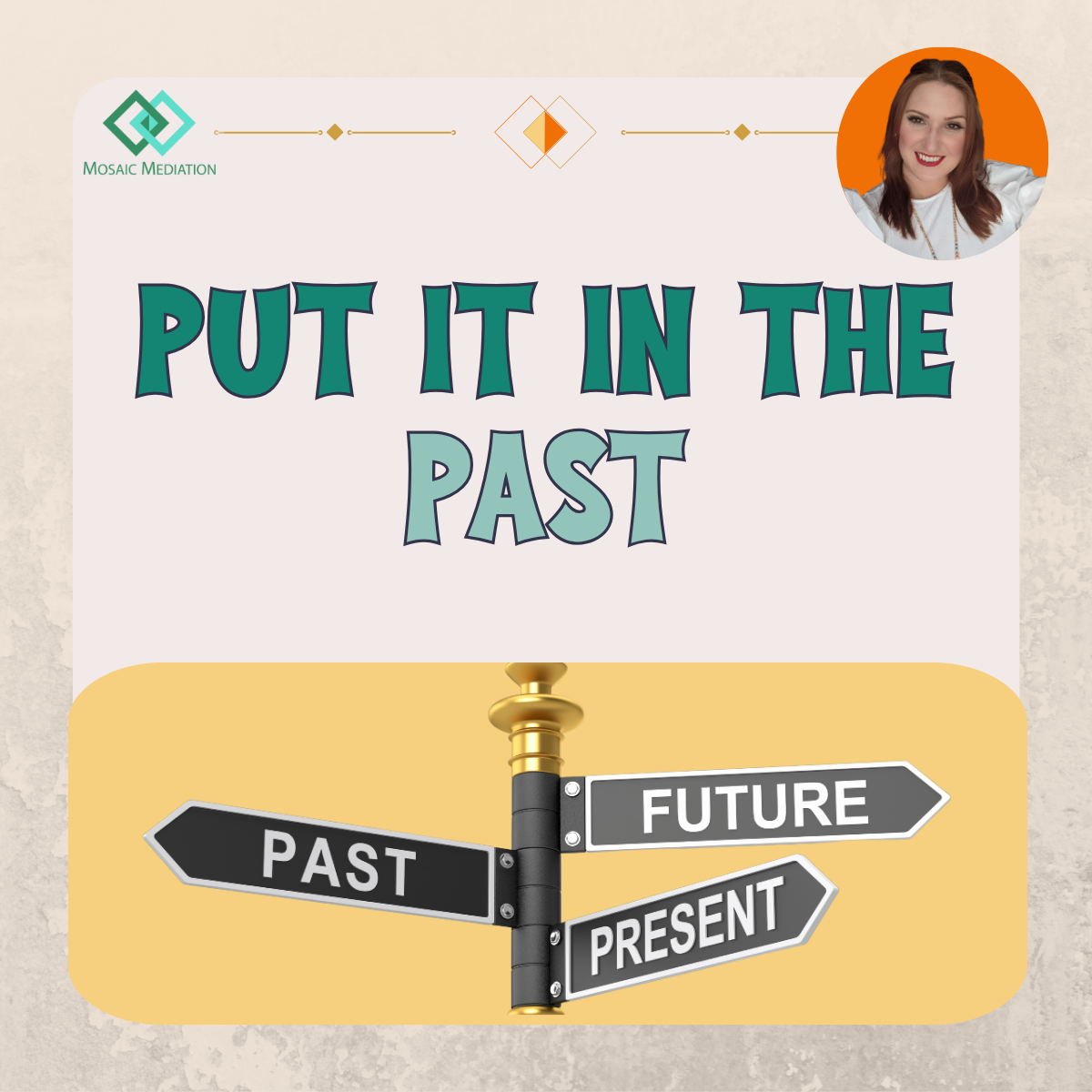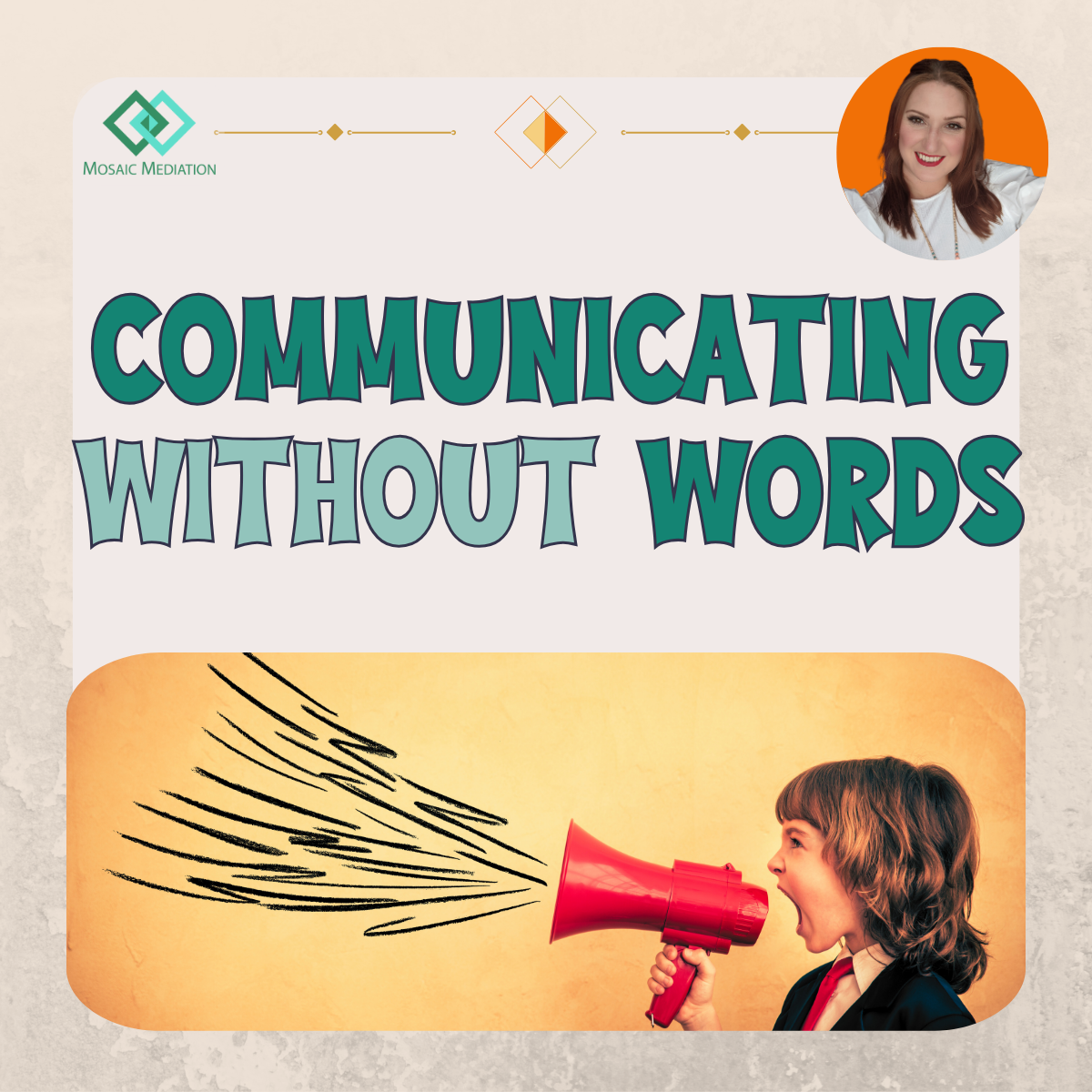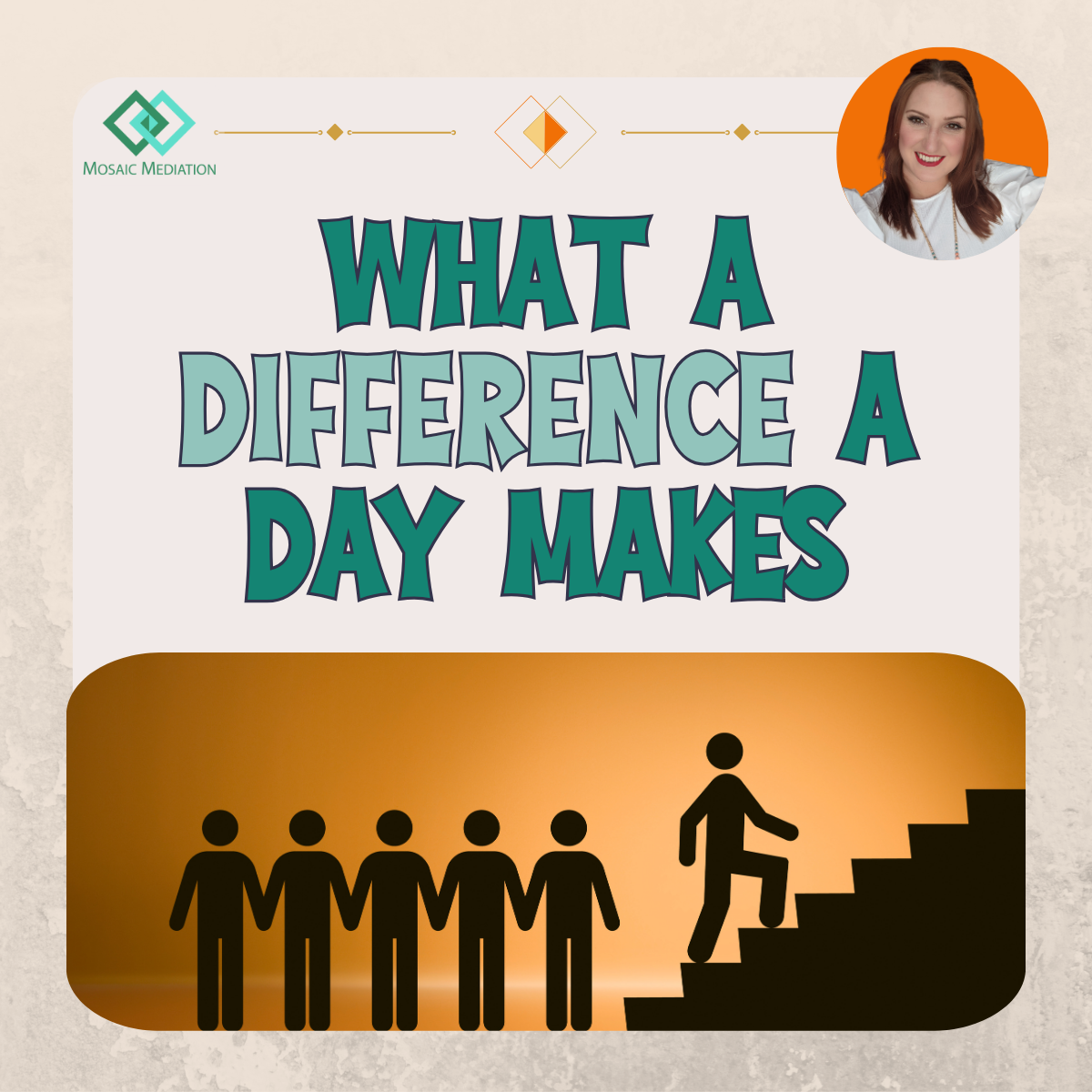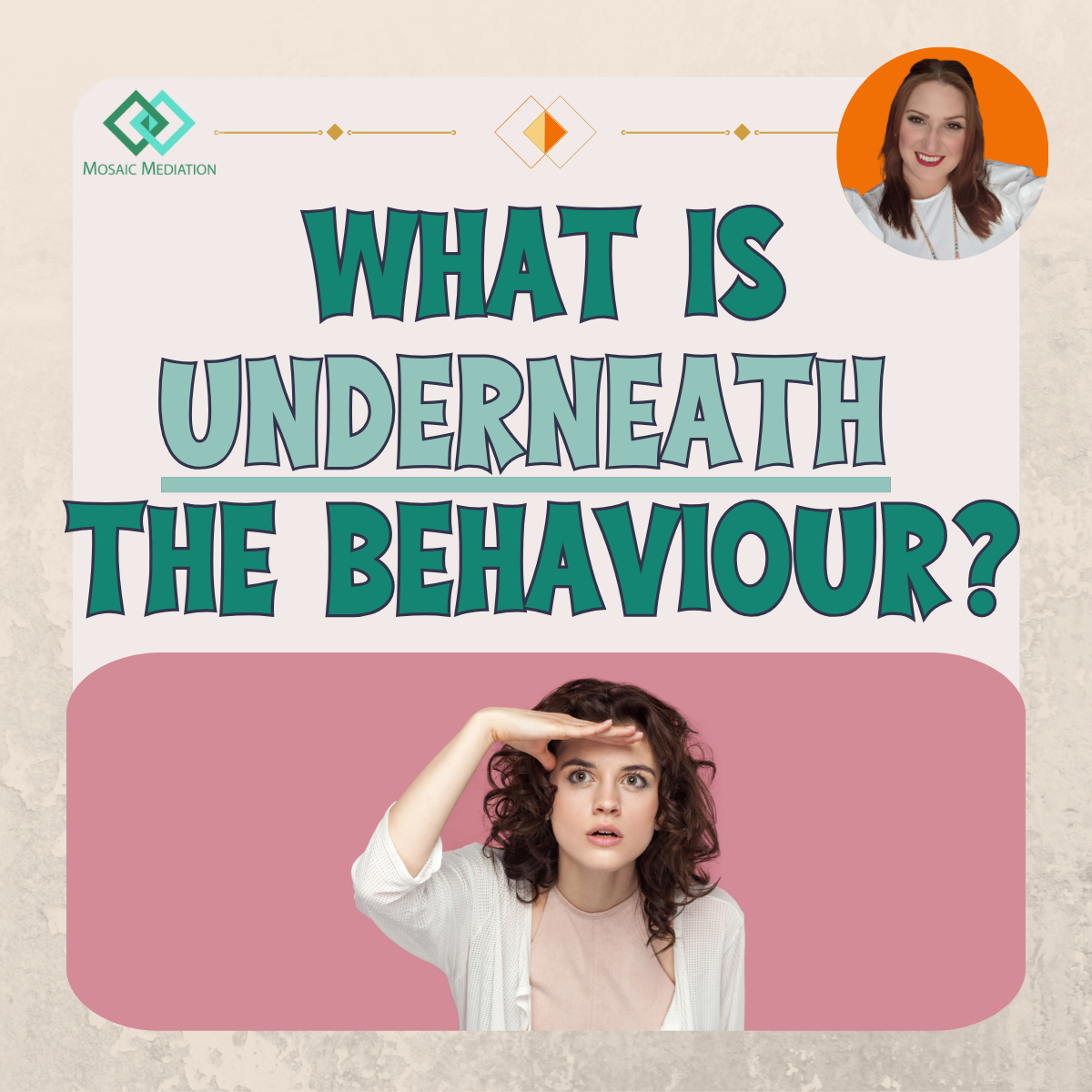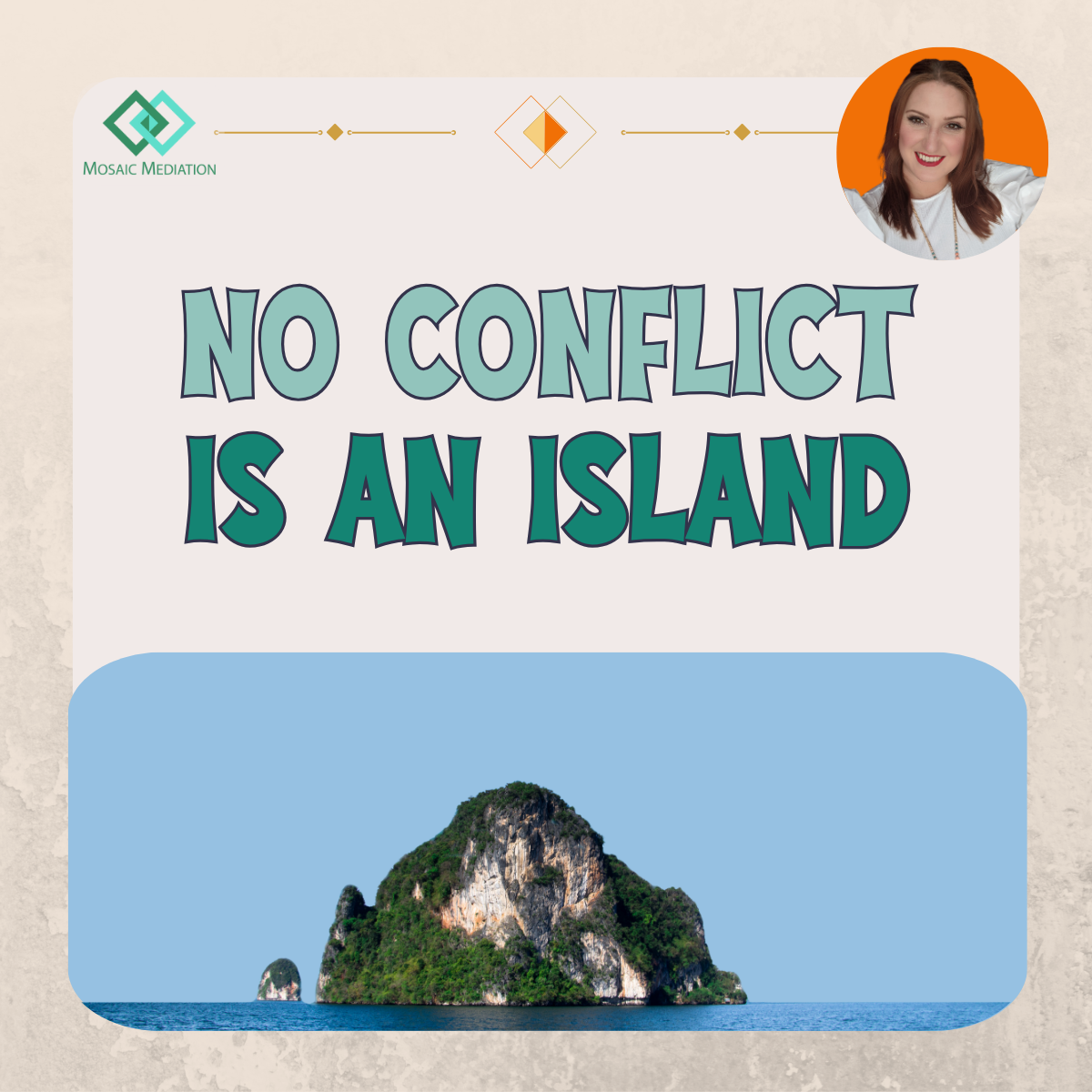The problem with calling people 'toxic'
What makes someone a 'toxic person'?
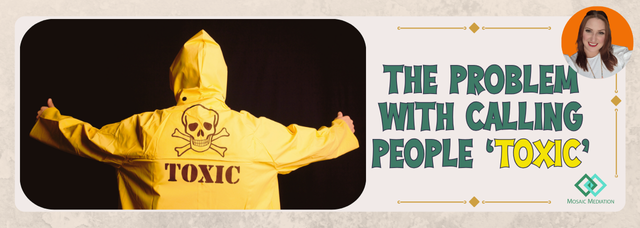
‘Toxic People.’
This term seems to be used a lot now and there are many memes around referring to ‘removing toxic people from your life’.
I get the message: why have people around you that are causing you harm? However, this phrase suggests more than that, unfortunately. Labelling a person as ‘toxic’ is a description of who you see them to be – the toxicity makes up who they are. In effect, labelling them this way infers that they are stuck that way.
Then comes the socially accepted push to ‘remove’ said people from your life. Which, if you do believe that people are stuck in their toxicity, makes total sense. But what if that is not how people work?
What if seeing people as fixed in that state does more harm than good?
As a workplace mediator and conflict coach my professional life is spent encouraging people to resolve issues and, at times, this also restores relationships. So, I am fully aware that I am predisposed to desire that relationships are sustained. However, this is only in cases where such a relationship is functioning in a healthy way or where making small and reasonable changes make it possible to have a healthy relationship.
I do not encourage sustaining behaviours or relationships which are doing harm to someone – whether that is psychological, emotional, or physical.
My concern here is the mindset of seeing someone as one thing, with no possibility of positive change.
One thing
What makes up a person? You could say that a ‘person’ encompasses their likes and dislikes, their thoughts and their sense of the world and themselves. It could include their quirks and what they are gifted at.
Unlike your average animated film, most people are not either bad or good. People tend to be a whole mixture of qualities, characteristics, and behaviours. When you label someone ‘toxic’ it infers that they are dangerous, not to be trusted and that being in their presence is harmful – they are solely the perpetrator, and you are solely the victim.
The characterisation of someone being totally one thing or other is inaccurate at best, harmful at worst.
This is especially so if the characterisation has been constructed because of a small collection of observed behaviours or unchecked assumptions. What if the observations happened when that person was going through a tough time – which led them to behave in a way they later regretted? Or the conclusion drawn was based on partial or inaccurate information?
What conclusions might be drawn if someone witnessed you on your worst day?
People removal
There are different phases or ‘seasons’ that we go through in life. There is the saying that ‘some people are with us just for a season’, so it may be that a relationship gradually separates.
What I have seen several times, unfortunately, is ‘people removal’ used as a solution when conflict management would have done the job with less collateral damage. Rather than someone seeing someone do [something], drawing a conclusion about the action/meaning/intention behind it, not liking it, and then addressing that with the person… They decide the only action is to remove that person from their life.
No one should feel that they must accept unfair or unkind treatment.
No one should feel compelled to be around someone who makes them feel unsafe or disrespected.
So, in situations where one or both either people intend to cause harm or do not care enough if that is the outcome of their behaviour, the relationship is not likely to have a positive outcome. Distance or complete separation may, in this instance, be a necessary solution.
My challenge is around situations where someone may have formed a premature conclusion that ‘people removal’ is the necessary solution. I have yet to facilitate a mediation where all parties are confident that the other person is ready to listen and resolve the issues. Yet, for the vast majority of those mediations, parties then witnessed each other listening, comprehending the problem, apologising, and committing to positive solutions to improve the situation.
My concern is that premature ‘people removal’ has the following consequences:
· The relationship is damaged or ended perhaps unnecessarily
· It puts all of the blame for the problem onto one person
· Confusion for the person removed – What did I do? Why didn’t they ask me about it? Was the relationship worth so little to them?
· Other relationships impacted as a by-product (e.g., spouses, friends, family members of either person, who would find it too awkward to continue a relationship)
· Accountability in relationships is avoided so ‘blind spots’ remain unchecked
‘People removal’ happens in workplace situations all the time. When there is someone who does not get on with the rest of the team they are labelled as ‘difficult’ and get moved to a different team or are asked to leave. Sometimes, this is to everyone’s benefit. Sometimes, this is done instead of having important conversations with them that provide feedback and the opportunity for them to explain where they are coming from and, if necessary, make reasonable changes.
Toxic [what]?
Some people do leave a trail of devastation and damage behind them. A minority even intend to do so or are consciously uncaring about the consequences of their actions on other people.
However, most people do care and being labelled in such a way would likely be hurtful to them. Characterising someone negatively is not going to be received graciously – especially if they believe they are being mis-characterised.
So, how would I address a situation where someone believed another person was ‘toxic’? I would first get clarity on the root of the perceived toxicity.
a) Is it the person – or a behaviour, the environment or the relationship dynamic that is perceived to be ‘toxic’? People have the power to change their behaviours or break a negative pattern – especially if they understand the negative impact and want to change that.
b) Is ‘toxic’ an accurate and helpful way to describe what is happening? ‘Toxic’ may be a well-used phrase these days but the meaning is still particularly strong – poisonous or harmful. Does this word paint a picture of something which is worse than what is happening?
c) Is the behaviour, intention or consequence recurring or unusual for that person? Could it have been an ‘off day’ for them?
d) How does my experience, unintended biases, or assumptions influence my perception of this person or their behaviour?
e) What else is contributing to the negativity of this situation? Other people or other factors?
f) Using my reasoning for calling them ‘toxic’ could someone else label me the same way?
Language matters
When we repeatedly label someone as that ‘thing’ it starts to feel factual, rather than perceived. The belief that someone is that ‘thing’ then influences other thoughts about them, and how we experience their behaviours. It inhibits empathy and understanding. We forget that people who might behave in a way that causes offence, can also be hurt and vulnerable and kind and generous…
When we label the issue accurately – i.e., “When they BEHAVE that way, I feel really disrespected” – it provides a sense of whether that can be addressed and changed.
Whereas, labelling someone a ‘toxic person’ creates a personalised ‘cancel culture’. Yet, the alternative of either communicating directly with the person or having an alternative perspective on what happened, could lead to an even better relationship than before.
Yes, there are individuals who will not respond well to feedback or who have no intention to stop causing harm by their behaviour. You cannot control how another person behaves and as mentioned above, you do not have to accept behaviour which causes you harm. If you need to remove yourself from being around them to safeguard your psychological, emotional, or physical boundaries, that is a perfectly logical and reasonable thing to do.
If that is not the case, however… The first step to making beneficial changes to your life and relationships, is to ensure you are clear on what the problem is first and if something can be done to improve the situation – while remembering that the best solution may not be ‘people removal’.
For more on how conflict coaching equips people to be clear, confident and kind communicators, or how facilitated conversations resolve issues efficiently and effectively, go to www.mosaicmediation.co.uk/practiceareas or email enquiries@mosaicmediation.co.uk .
